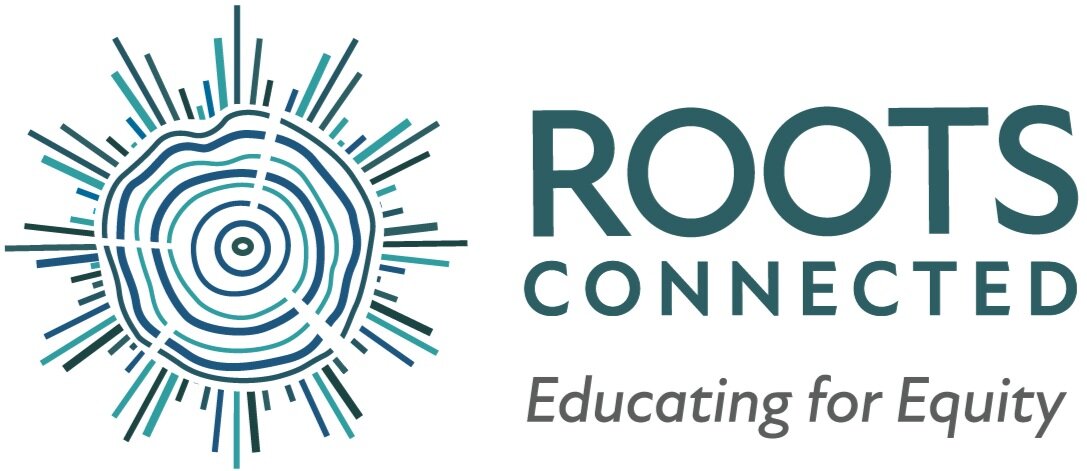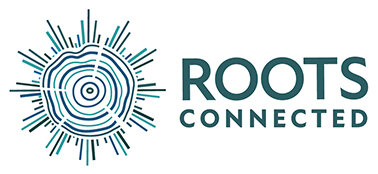Practical Strategies for Cultivating Belonging
“Most of us are showing up to ensure that people’s basic needs are met and their civil rights are upheld. But we’re also working to make sure that everyone gets to experience what brings meaning to life: love, belonging, and joy. These are essential, irreducible needs for all of us.” - Brene Brown
I. Understanding Belonging
Building off the work of Susie Wise, and her focus on designing for belonging, we believe building a community of belonging requires inviting everyone to show up as their full selves. Becoming a full member of a community requires mutual power, access and opportunity in order to have a meaningful voice in the design of structures that shape one’s experience. With that comes the right to contribute and raise issues. What belonging means to each individual is likely different from what it means for someone else. Additionally, what belonging means for each of us may change depending on the context. What’s critical for us as facilitators seeking to create spaces of belonging is that we are actively listening and creating space for voices, stories and perspectives to be heard. This is fundamental to how we grow and operate as a community.
II. Practical Strategies for Cultivating Belonging
An Anti-Bias School Community is a place where children, families, and faculty are known well as humans and work is done on a consistent basis to build communities of belonging. Some practical strategies to do so include:
Deliberate teaching to listen to each other and work to understand perspectives that are different from their own. This looks like:
Space is made for community building and strong norms are in place for children/adults to learn to listen and respond with empathy.
Storytelling is intentionally integrated when learning about community and history.
Educators seek out multiple perspectives and diverse representations of identities and foster criticality to recognize and do the same.
Deliberate teaching to work collaboratively in diverse groups. This looks like:
Space is made every year to teach different ways that people can work together, and practices of collaboration are modeled and lifted up.
Norms are created and centered across stakeholders in the community.
Constantly examining barriers to learning to allow all in the community access. This looks like:
Continued collaborative learning and professional development around universal design for learning.
Ensuring that social emotional needs are prioritized. This looks like:
Space is made in the day for students/adults to share feelings, experiences, and perspectives with the community.
Intentional teaching of reflection and repair.
Pauses are created and honored to address instances that arise that impact the emotional safety of the community.
Language supports the encouragement and empowerment of students/staff.
Creating spaces where voices are valued, and no one stakeholder holds all the information. This looks like:
Meetings and community spaces are regularly held to gather insight from multiple perspectives.
Input from various stakeholders is authentically gathered on topics that have impact on the whole community.
Institutional practices constantly evolving to center equity. This looks like:
Space is made for regular reflection.
Reflection questions are designed that center equity and can be used to examine various institutional practices.
Creating a sense of belonging requires intentional teaching, learning and unlearning. We see belonging as part of the Community Building tool in our Anti-Bias Framework. At Roots ConnectED our mission to support seeing the humanity in all is supported by coaching around our Anti-Bias Education Framework and rooted in our Tree of LOVE towards building a new reality.
To further explore and deepen your practice of building belonging, check out our educator support page and engage with the many workshops, resources and coaching opportunities we offer.




